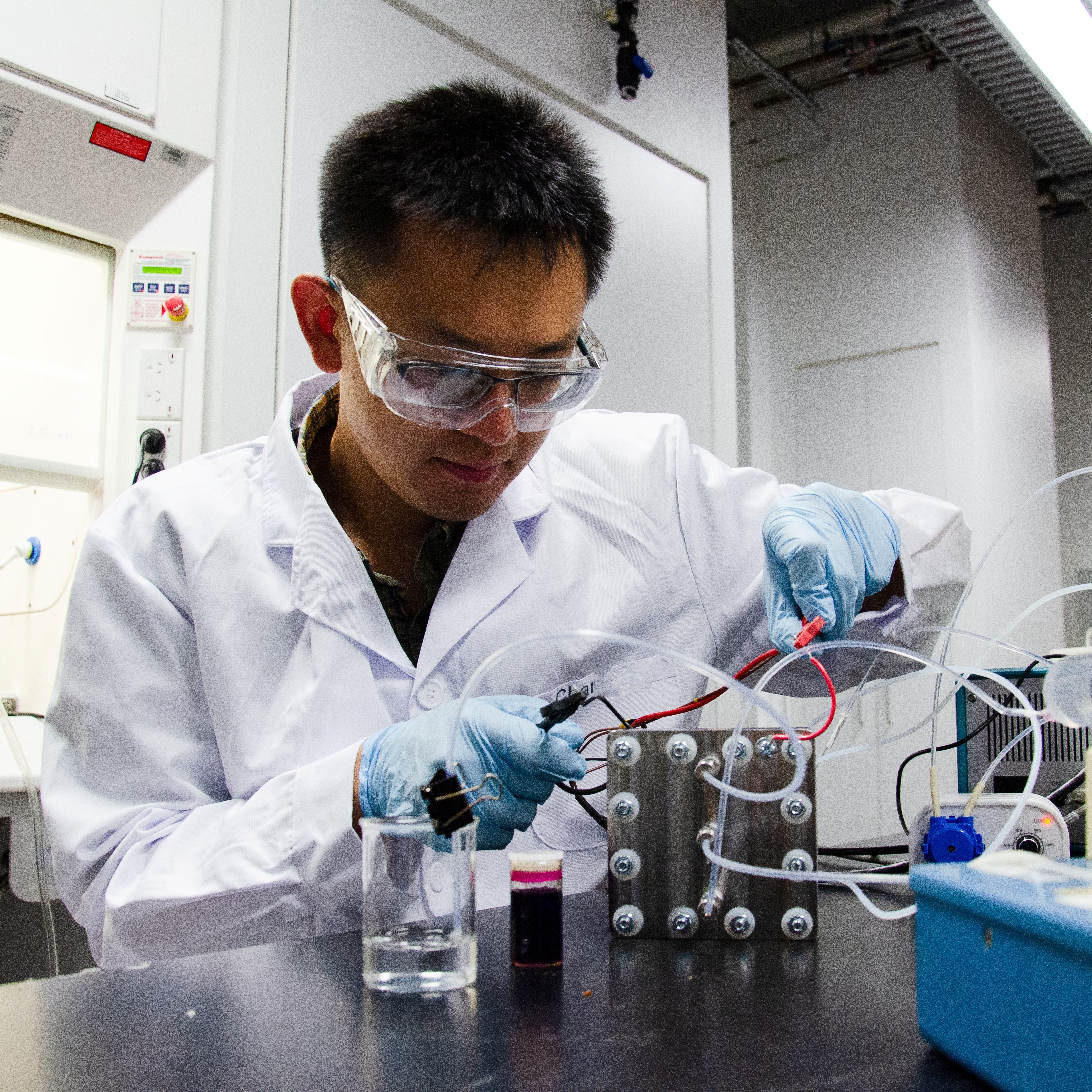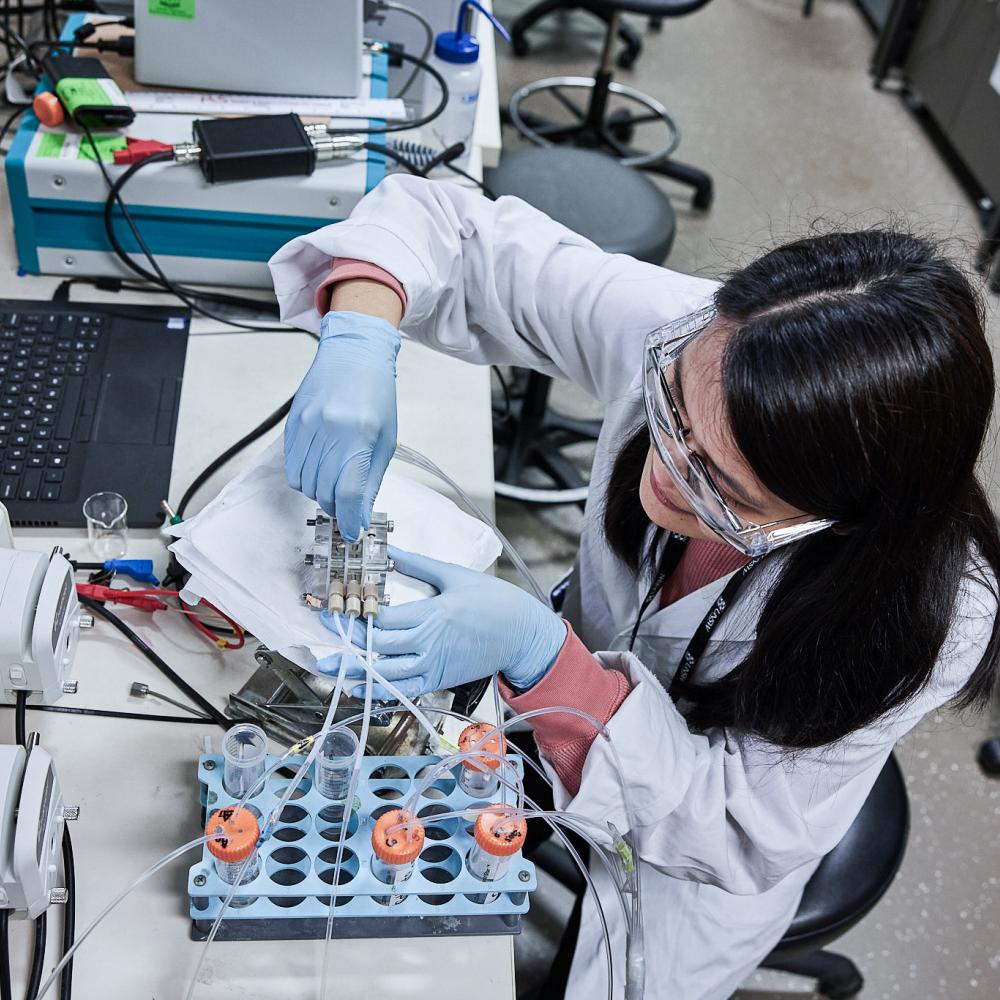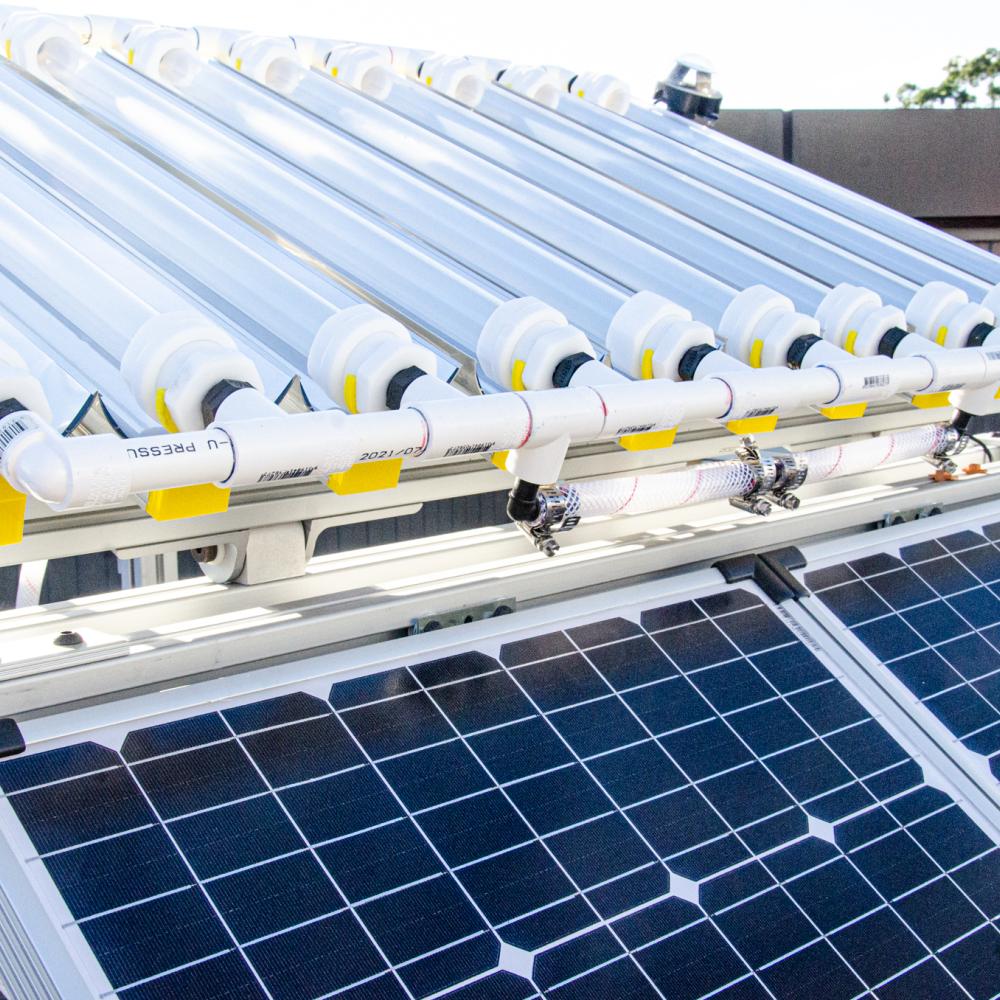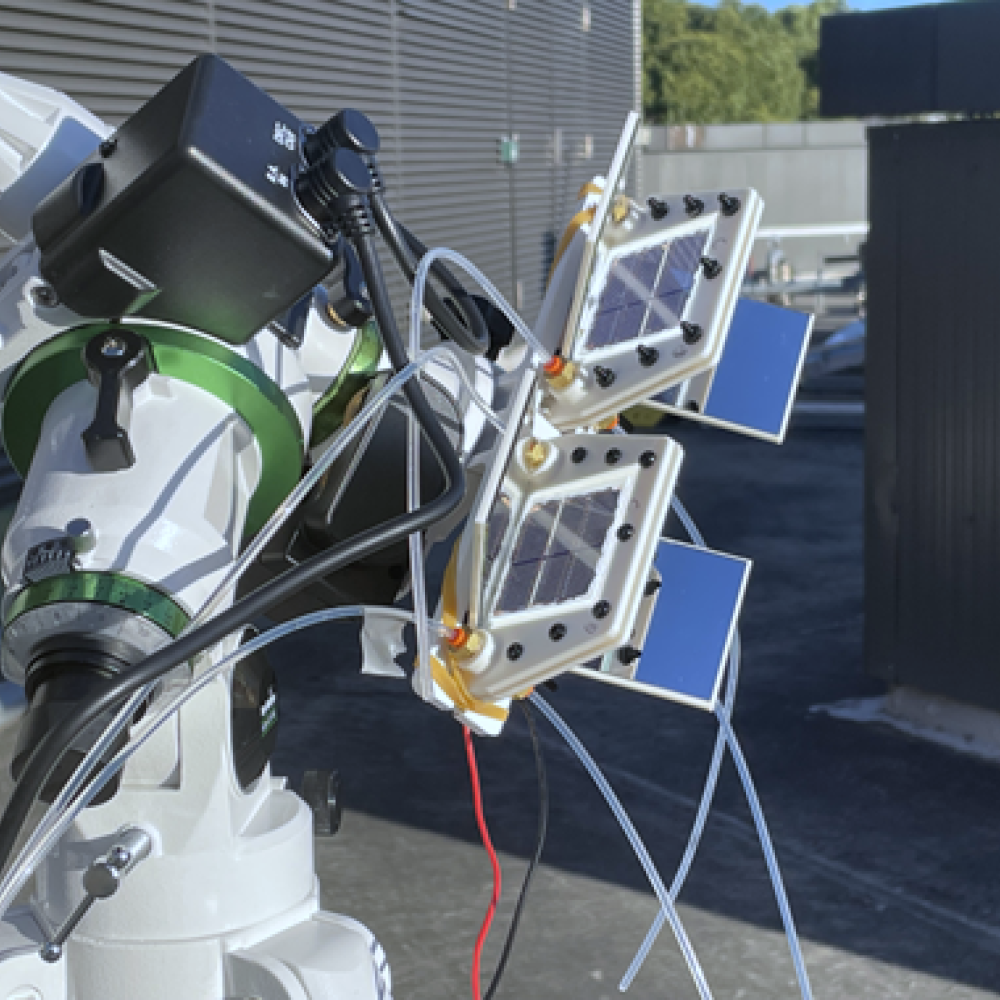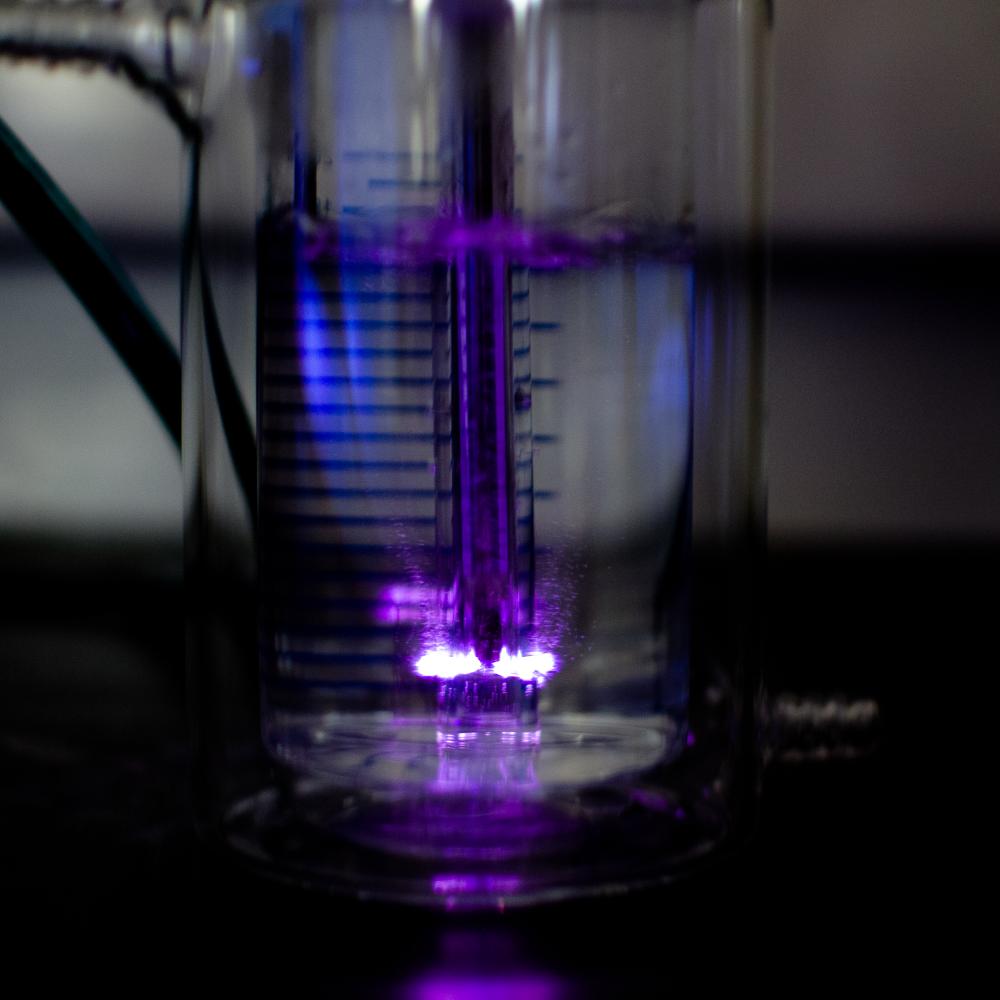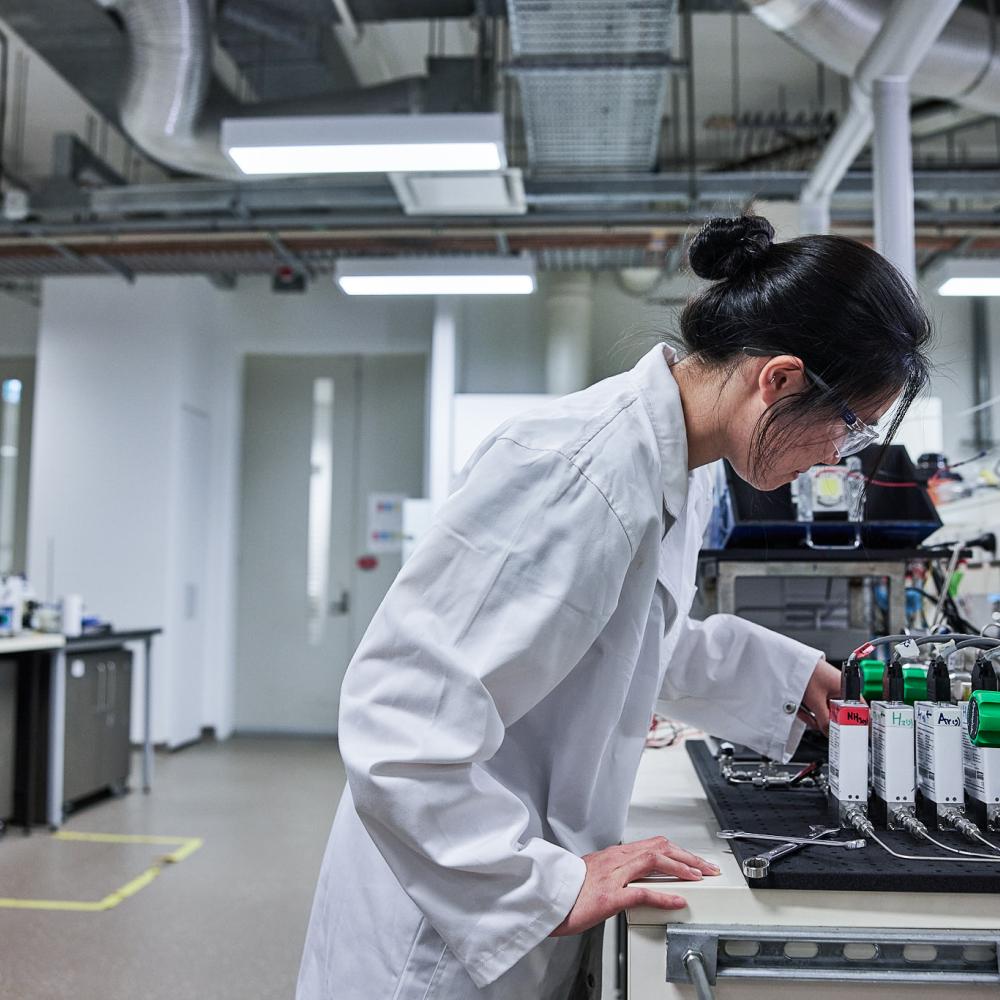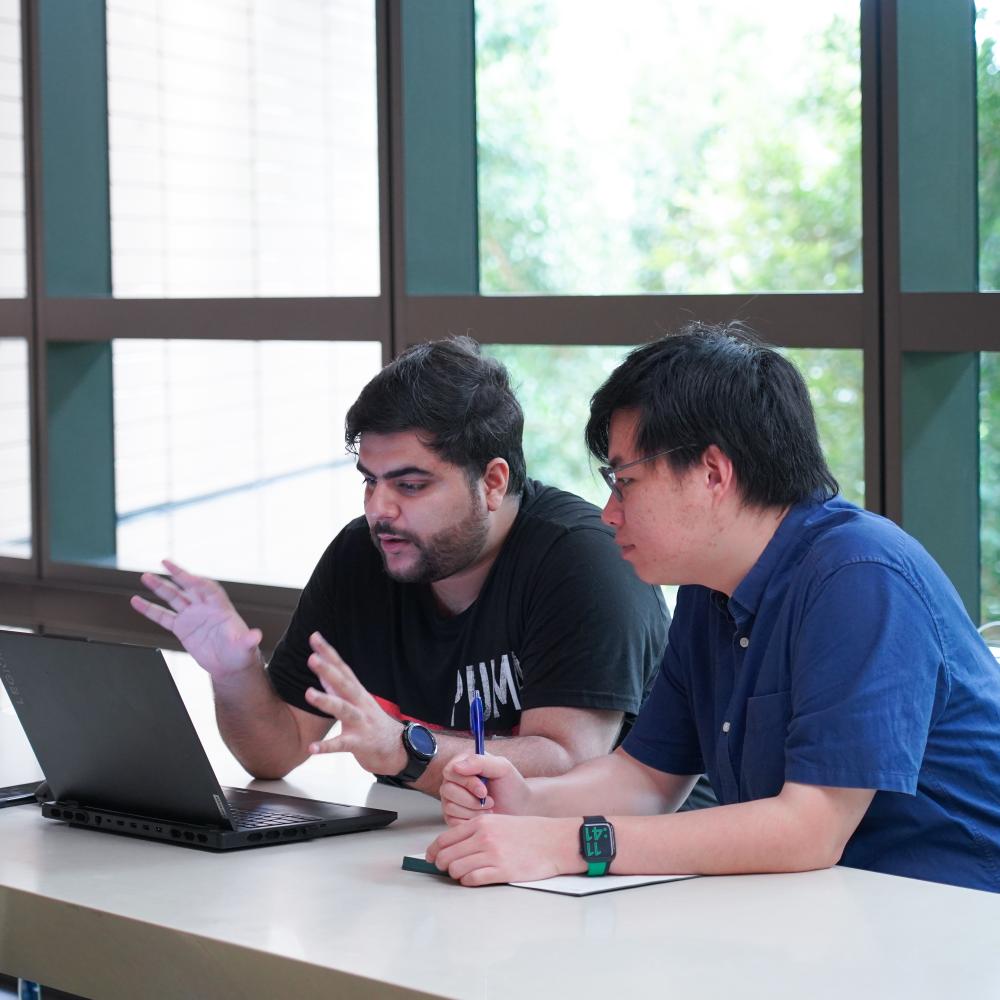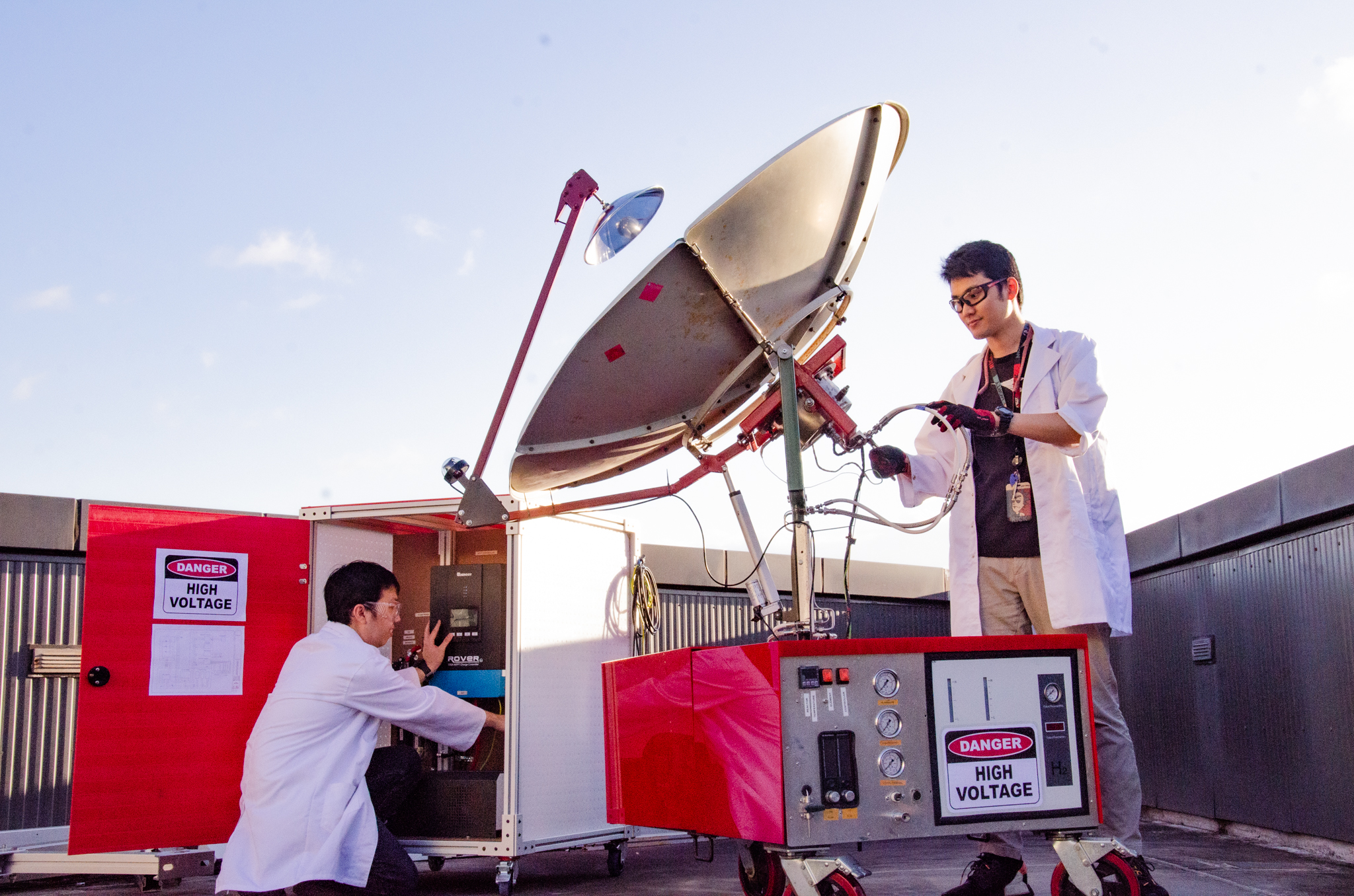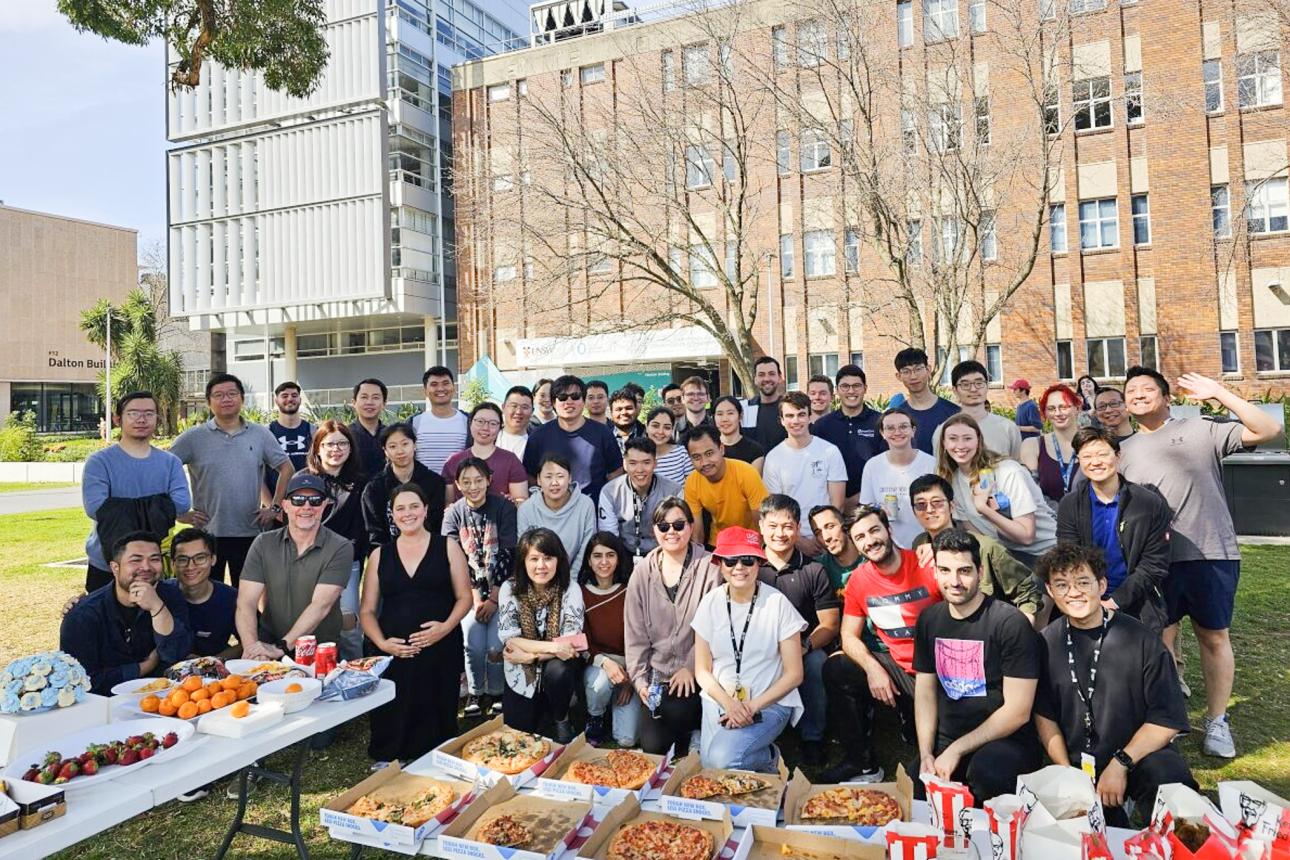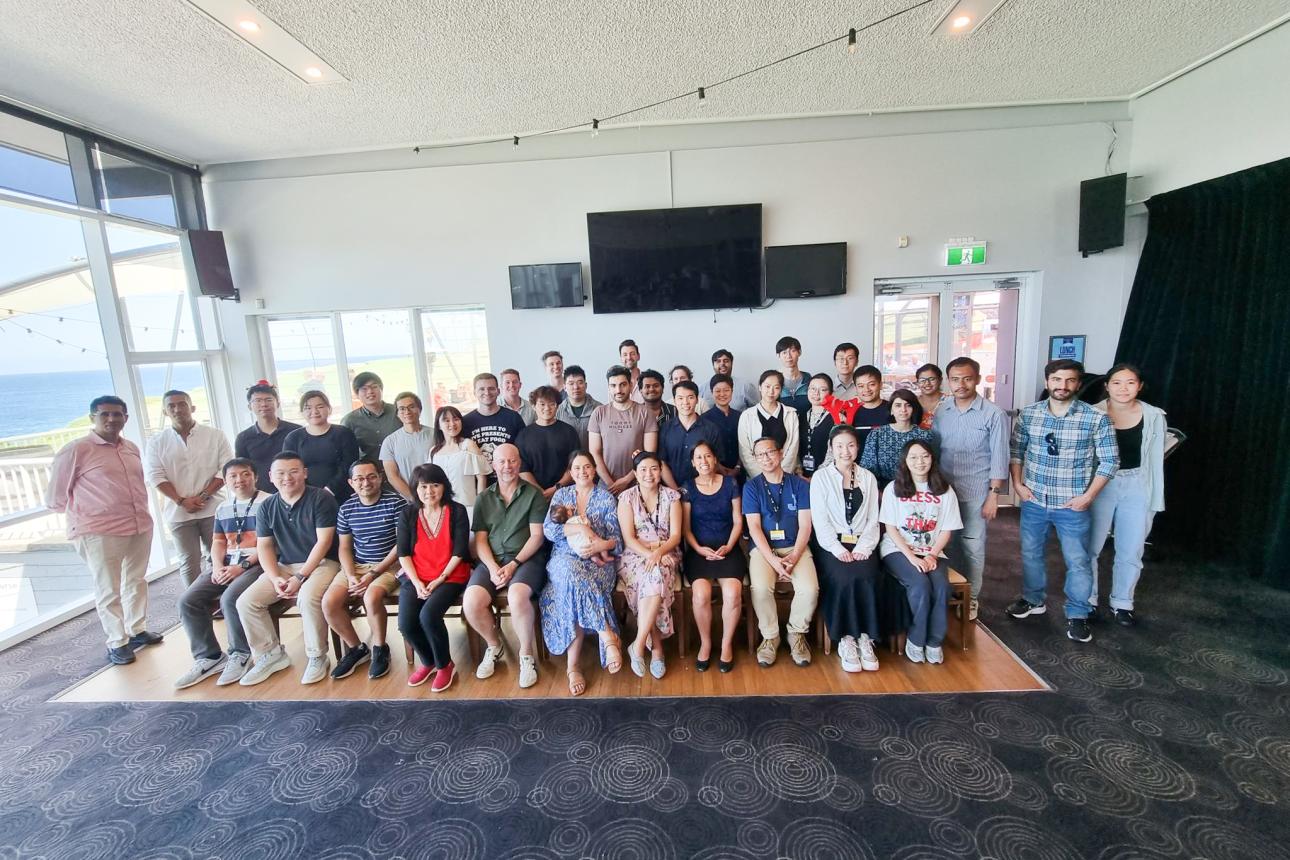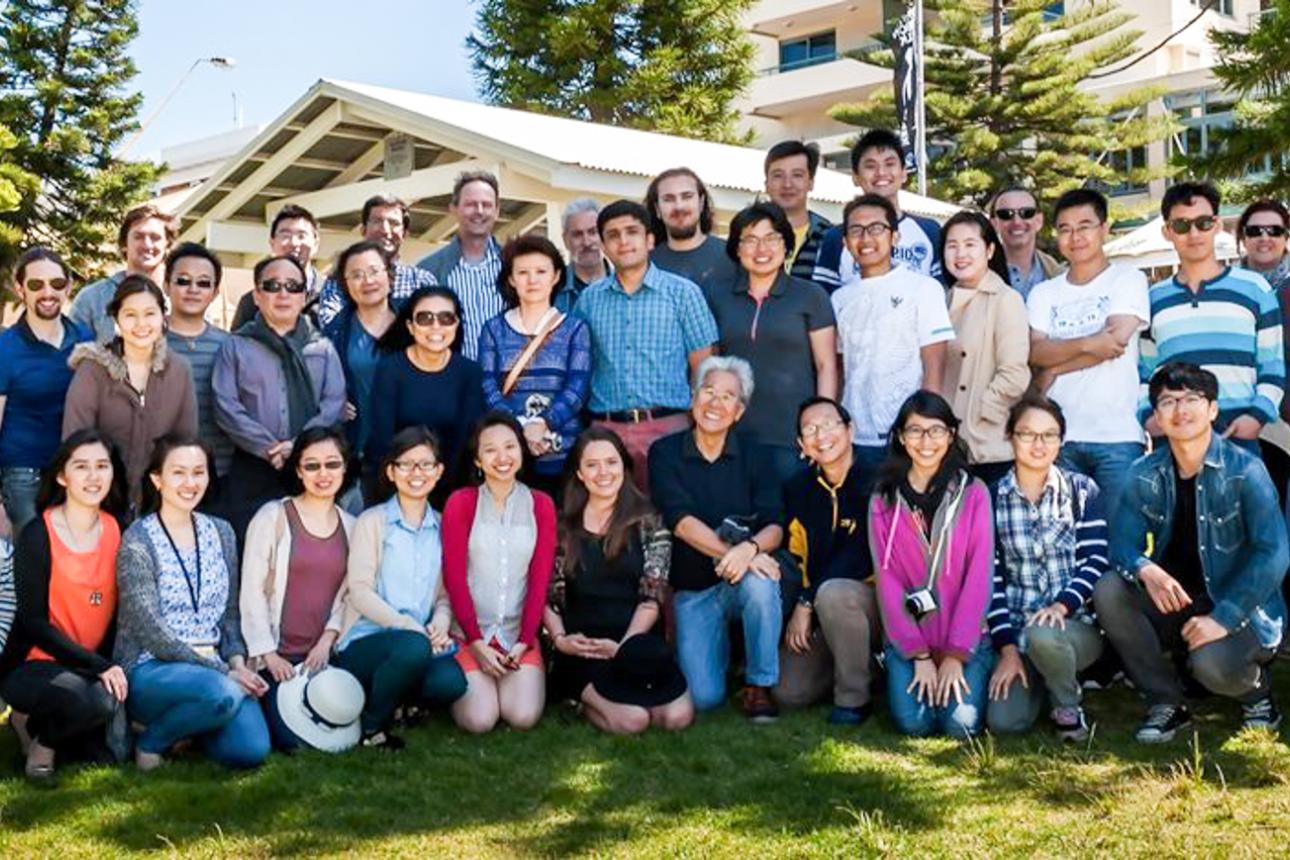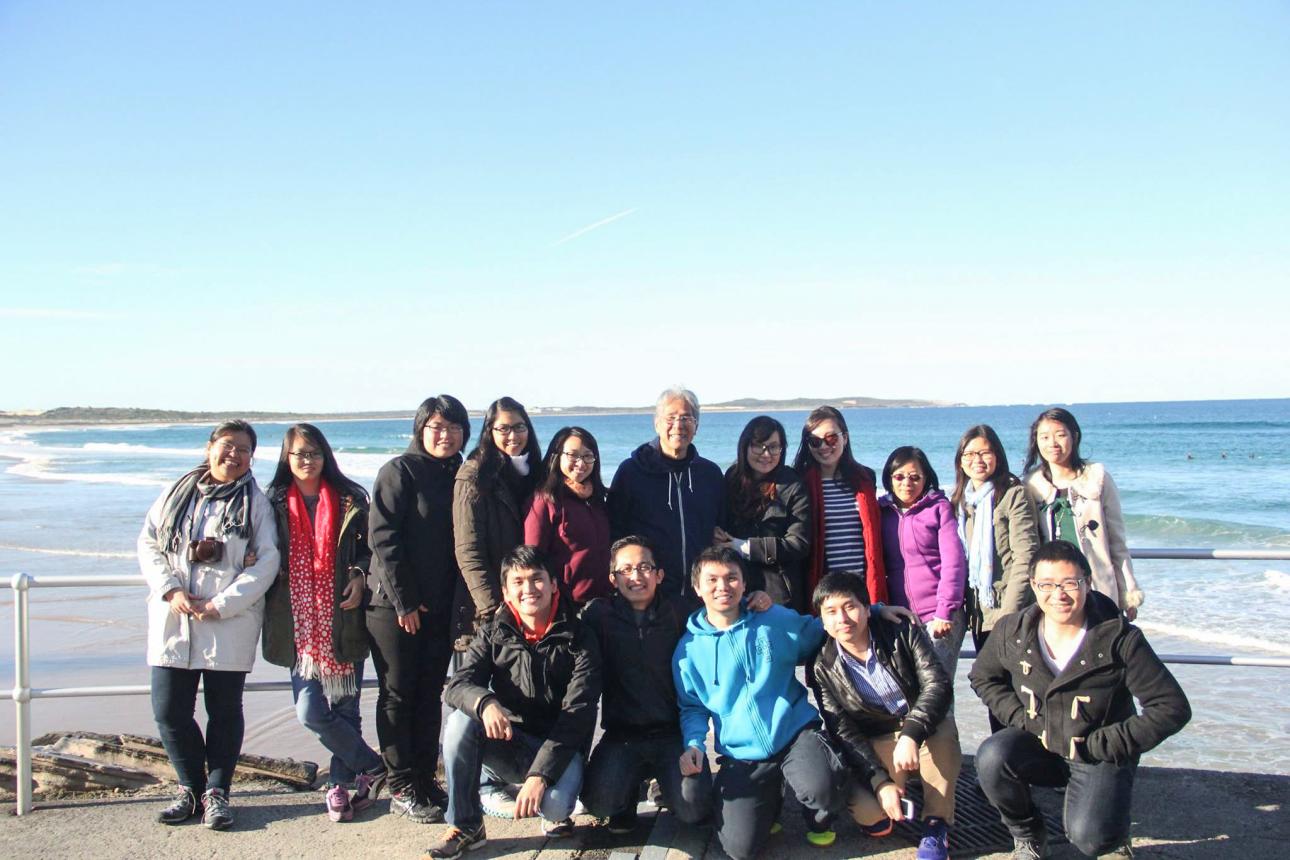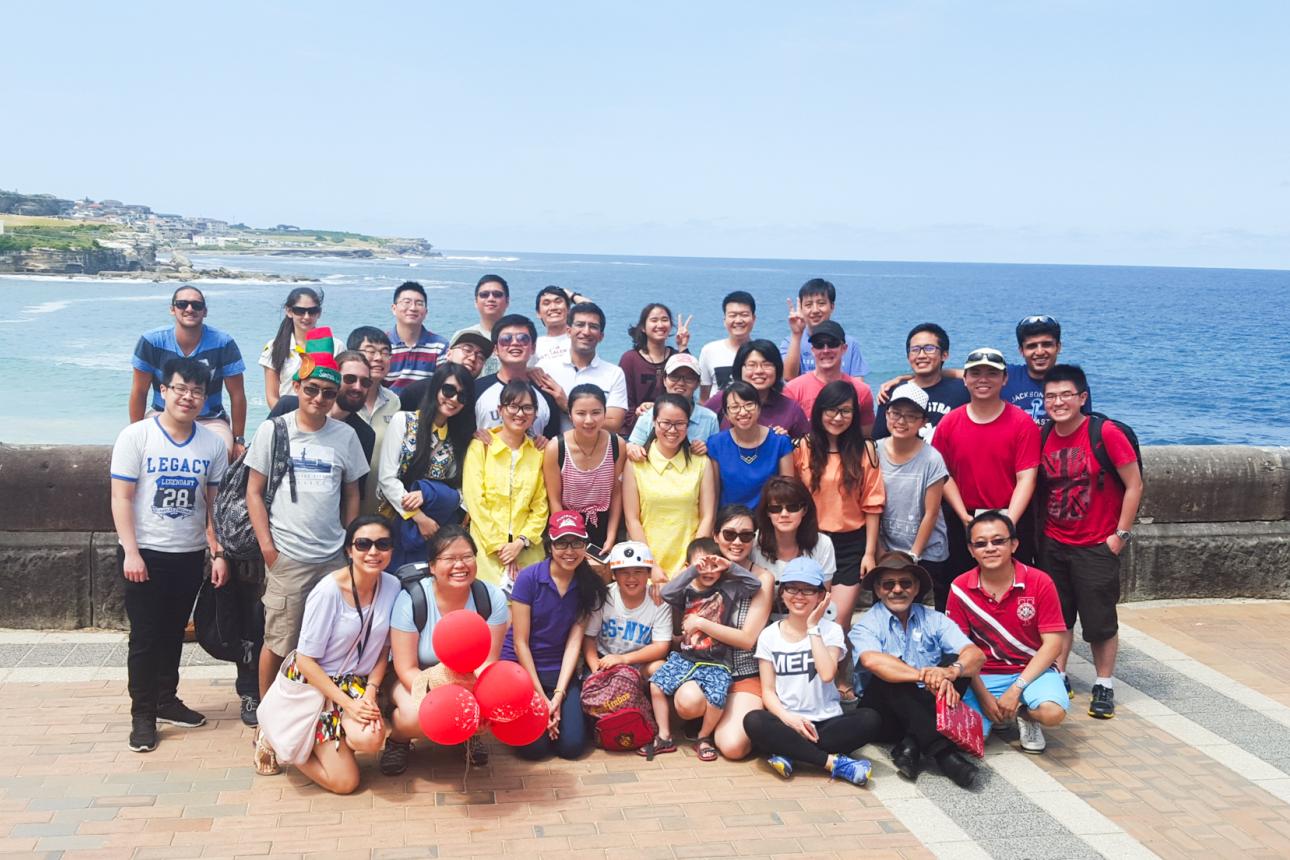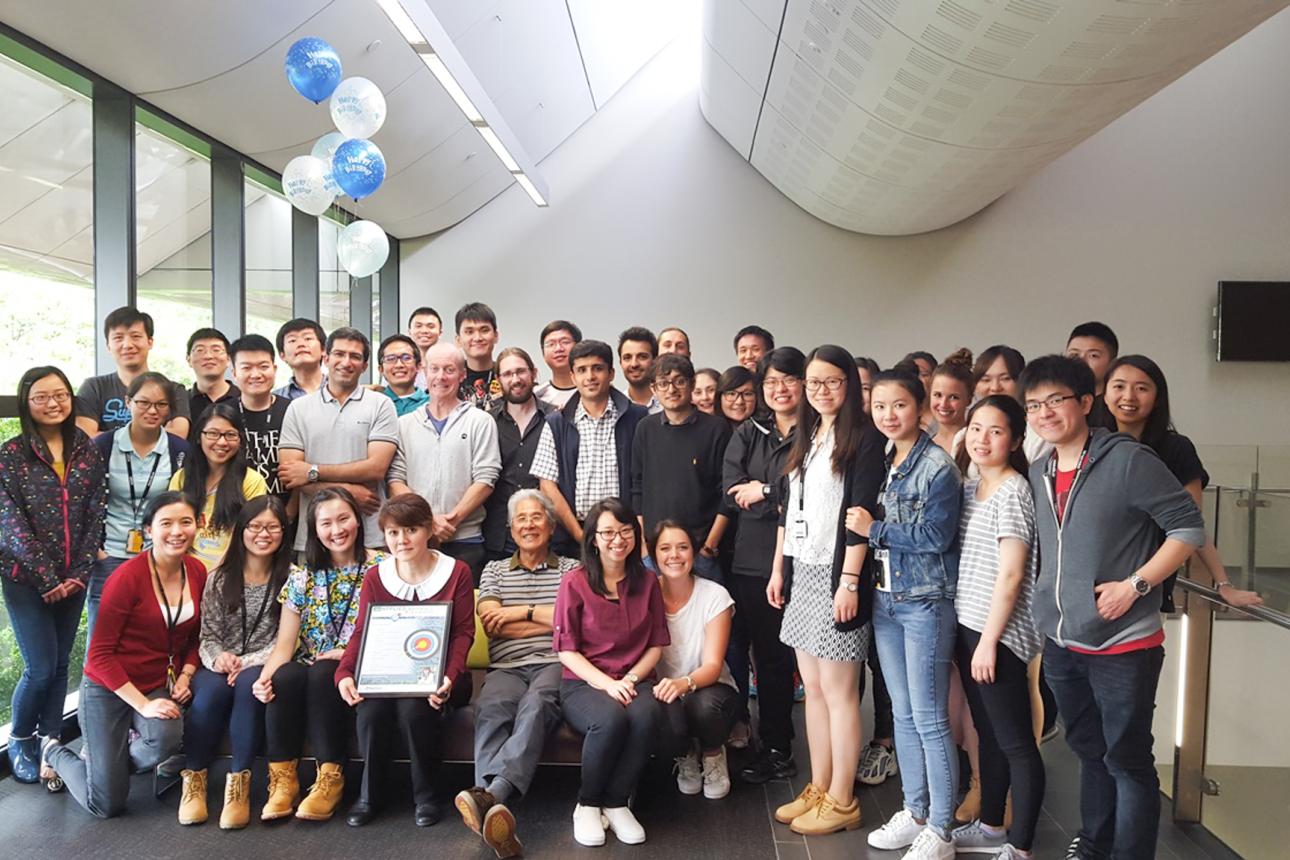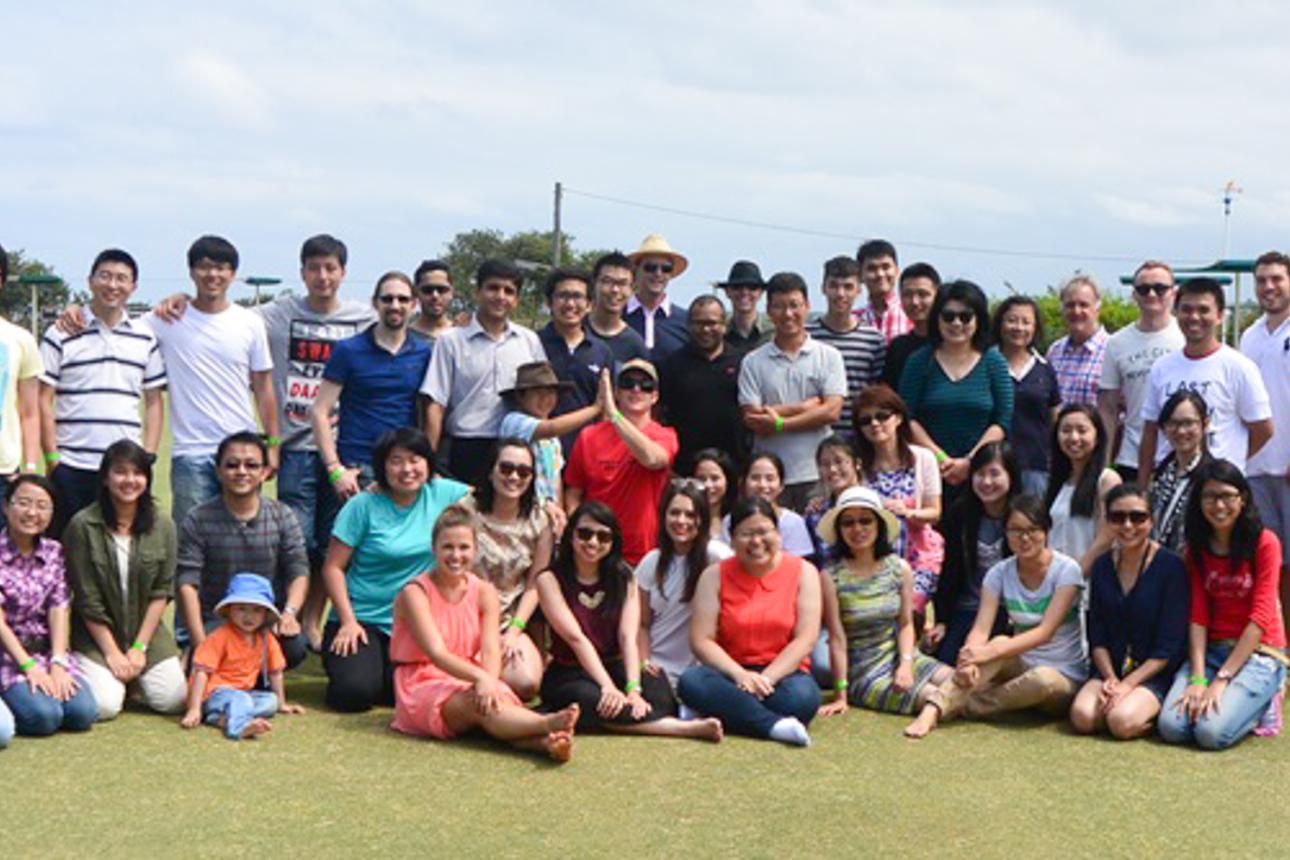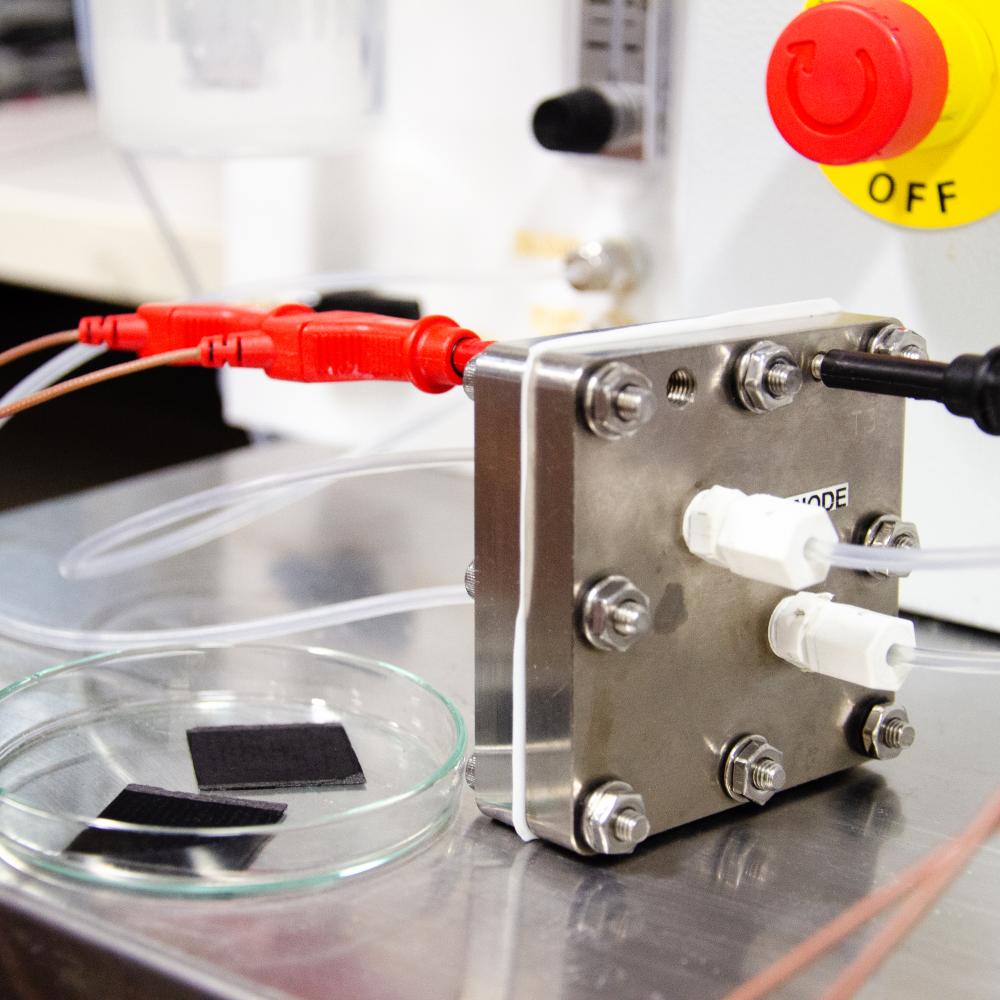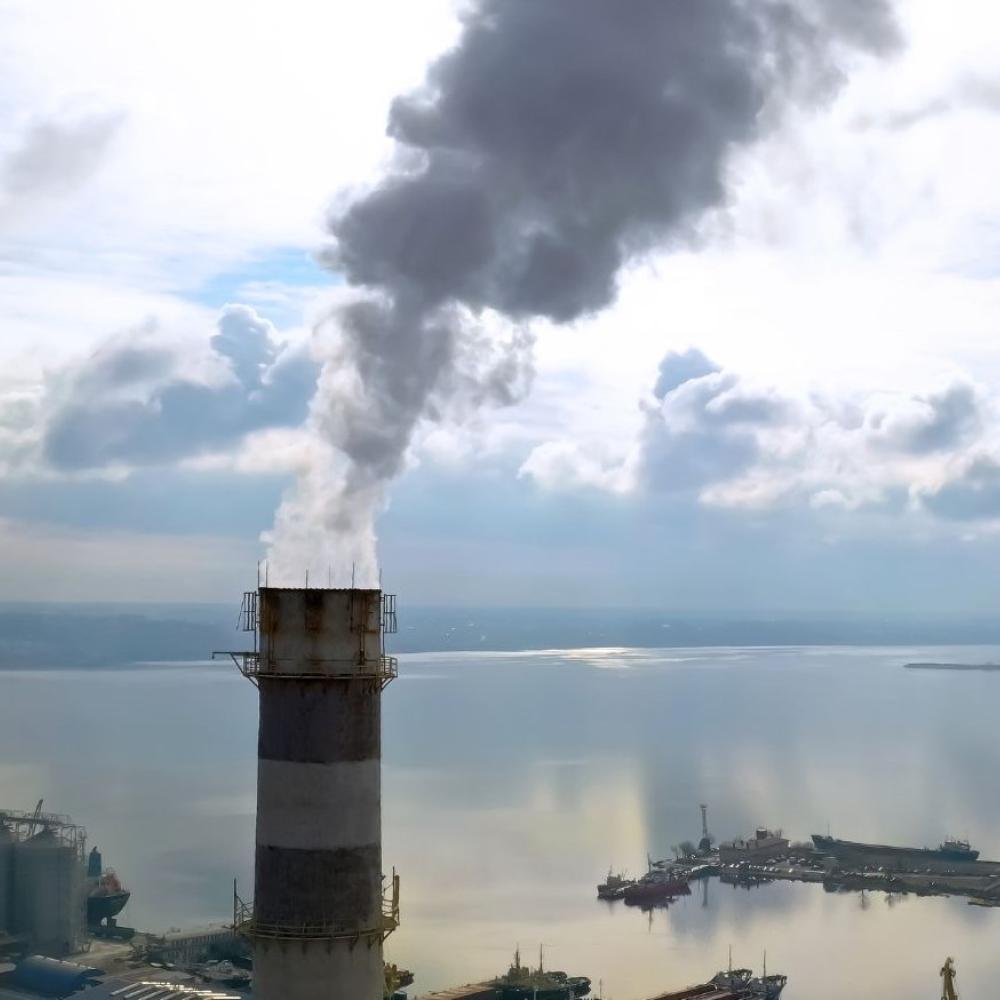Our research specialises in fundamental synthesis, functionalisation, characterisation and application of novel particle and catalyst system. The focus of our research is on the fundamental understanding of particulate systems and processes through basic and applied research.
We apply a holistic approach to the design, discovery and characterisation of new particulate materials, and use them for catalytic and photocatalytic process, environmental remediation, clean energy production and utilisation and healthcare.
Research capabilities
Study with us
Considering a PhD? Discover the projects we offer and the comprehensive support we provide, including scholarships, mentorship, and career guidance. Your research journey begins here with us.
Our people
At the heart of PartCat, our diverse team of academics, early career researchers, and students drives innovation through collaboration. United by a commitment to excellence, we work together with industry, government, and academic partners across three key areas: clean energy production and utilisation, environmental sustainability, and healthcare advancement.
Latest news
Particles and Catalysis
Research Laboratory
School of Chemical Engineering
Tyree Energy Building (Level 3)
UNSW Sydney,
NSW 2052, AUSTRALIA
